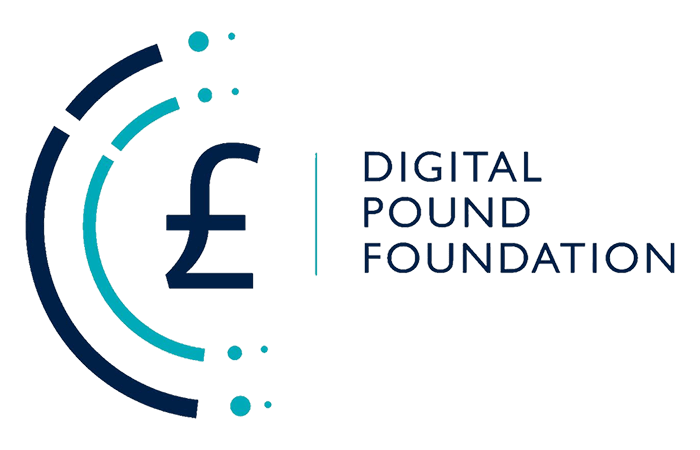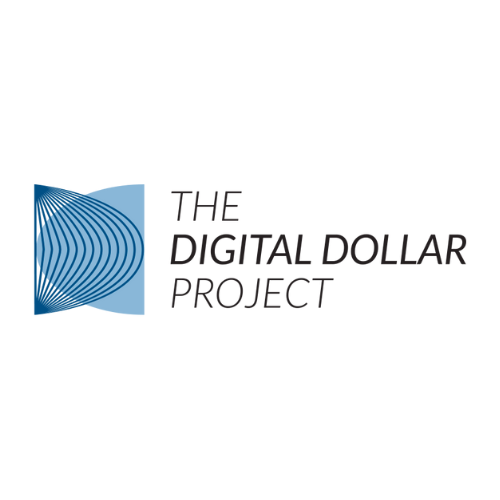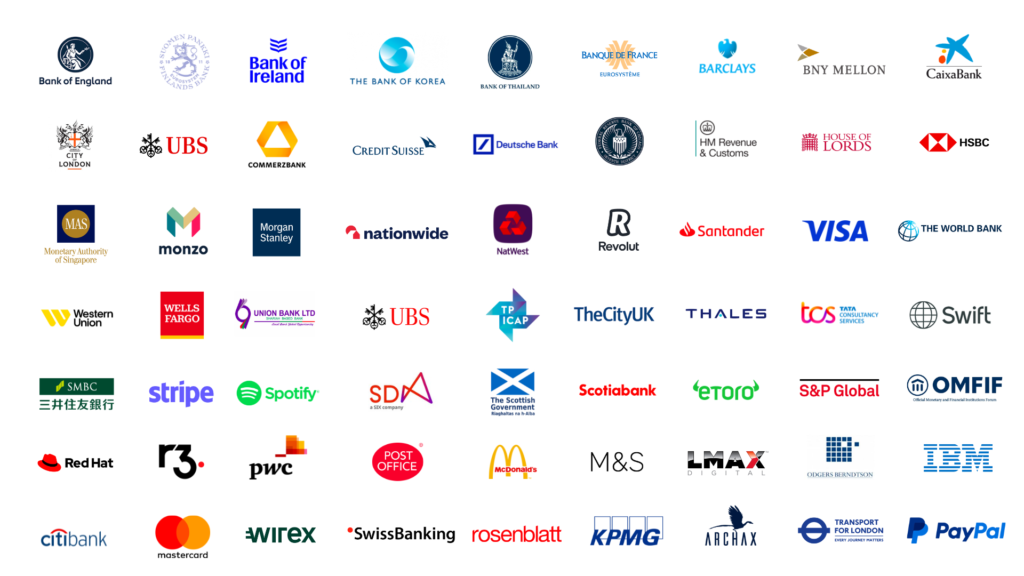Source: CNBC
Consumer tech giant Samsung is looking into launching a central bank digital currency in a collaboration with the Bank of Korea.
The South Korean electronics firm said Monday that it had signed a memorandum of understanding with the country’s central bank to conduct technical research on the digital currency.
Samsung said such a CBDC, which refers to a digital currency issued by a central bank, would work “offline” and could be sent between owners of its Galaxy smartphone and smartwatches thanks to a secure chip in the devices.
Payments could be made between devices through the use of near-field communication technology, which is built into smartphones to enable contactless payments, Samsung said.
Samsung said it developed a solution applying NFC technology to CBDCs last year. This allowed users to make a payment even when they had no internet connection, the company added.
In a press release Monday, Samsung said the firm, along with Bank of Korea, would look to “continue researching how to minimize security risks associated with offline payments, to support reliable transactions in emergency situations even without network connections.”
“We are very pleased to be the first central bank to develop offline CBDC technology in partnership with Samsung Electronics,” Seungheon Lee, senior deputy governor at the Bank of Korea, said in a press release.
“Through the establishment of this MOU, we hope that the Republic of Korea will continue to lead the way in the field of offline CBDC technology, a sector that is being actively explored by global central banks,” he added.
Won-Joon Choi, Samsung’s executive vice president of mobile experience, said: “This collaboration with Bank of Korea has allowed us to apply Samsung’s advanced security innovations to the digital currency field.”
“We expect our collaboration to make a valuable contribution to the advancement of global offline CBDC technology,” he added.
Countries from China to the U.S. are advancing their research and experimentation with so-called CBDCs in the hope that it could become easier for consumers to send money instantaneously.
China has already created a digital version of the Chinese yuan and is trialing its CBDC in numerous cities, while the U.S., too, is closely examining whether to roll out a digital version of the dollar, and how this would work.
The practicalities of issuing CBDCs has been called into question by some commentators, given how easy it is to make transfers with currently available methods such as online banking and money transfer apps, and cryptocurrencies.
Various privately developed digital currencies currently allow people to make near-instant payments too. But the vast majority of tokens like bitcoin are highly volatile. Stablecoins have been touted as a possible solution to this — although governments are wary of tokens issued by private companies.
Still, there remain clear headaches for businesses when it comes to instant settlements of transactions. The way the banking system is set up means that it can often take days for payments from merchants’ customers to actually settle.
This is a pain point private companies and governments are hoping to address through new technologies, including blockchain and digital currencies.
























































